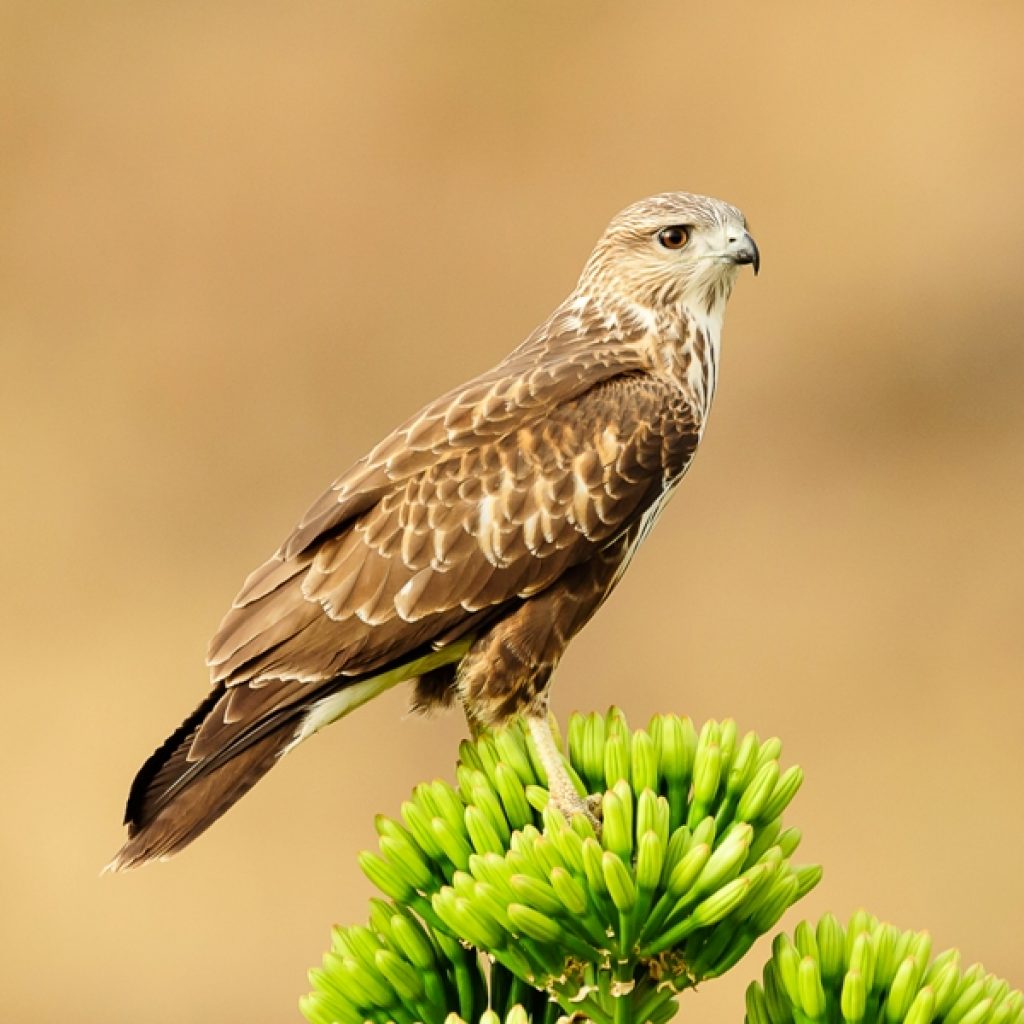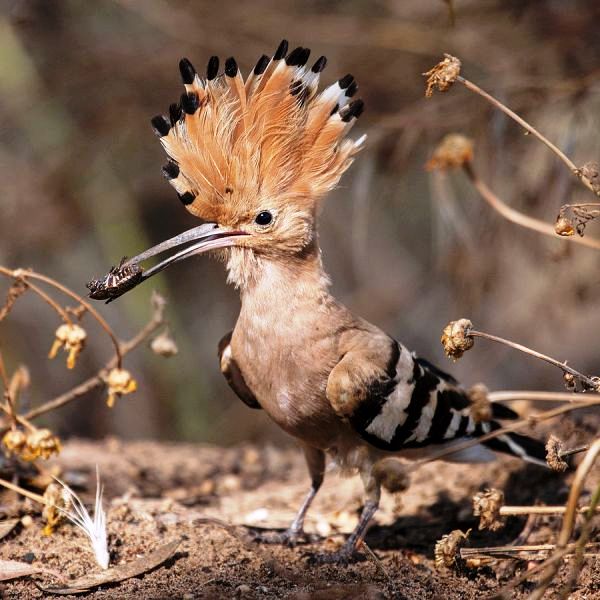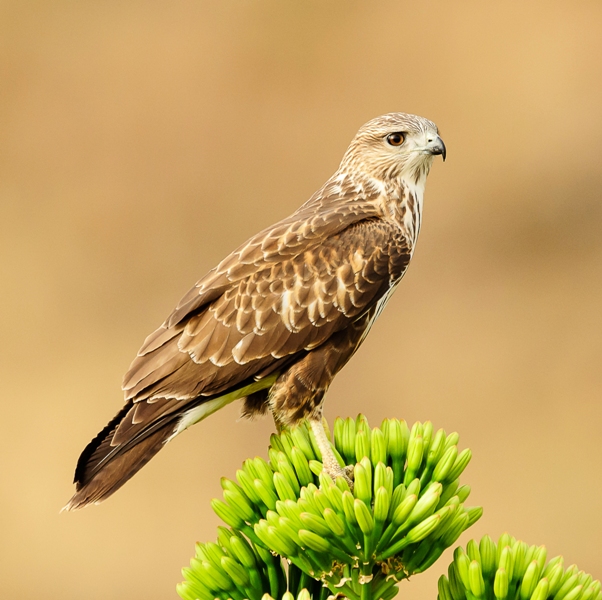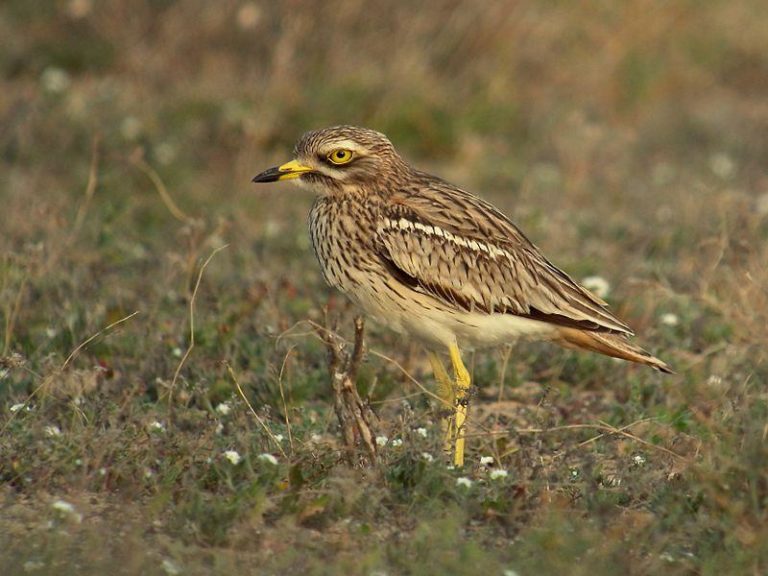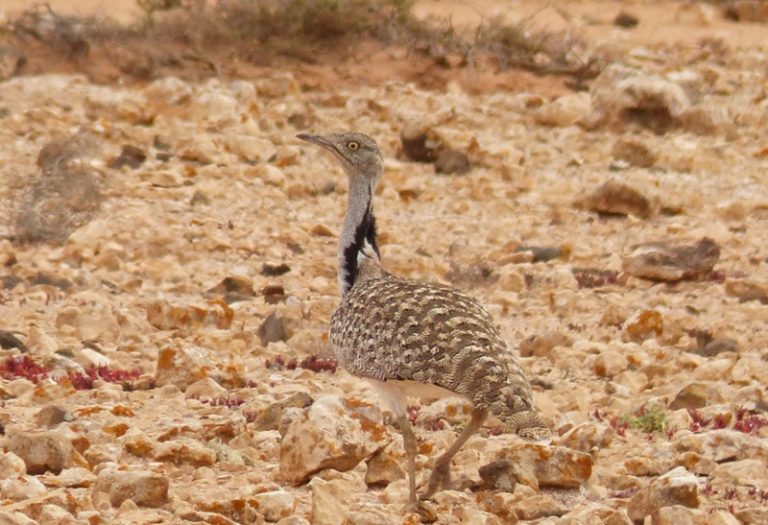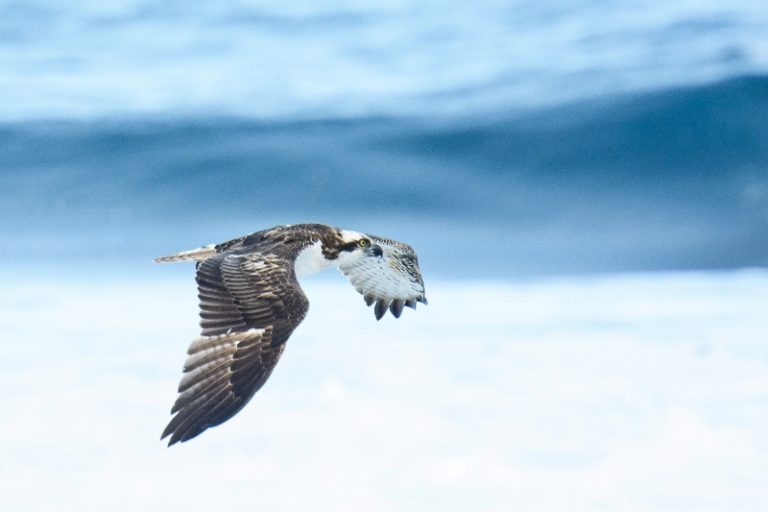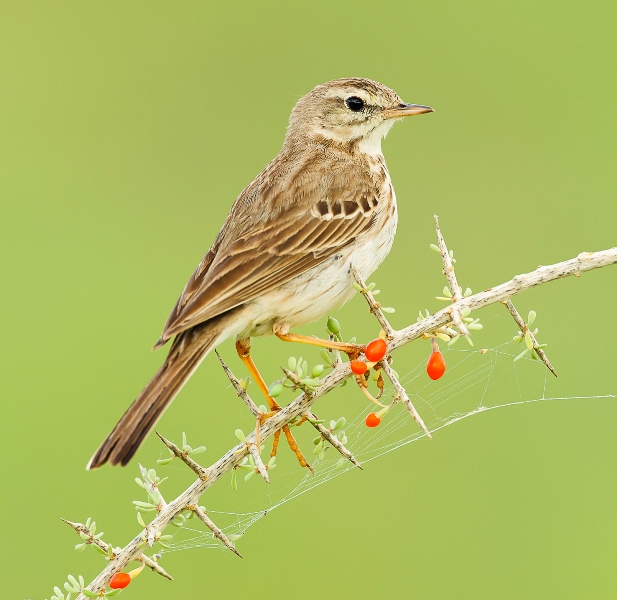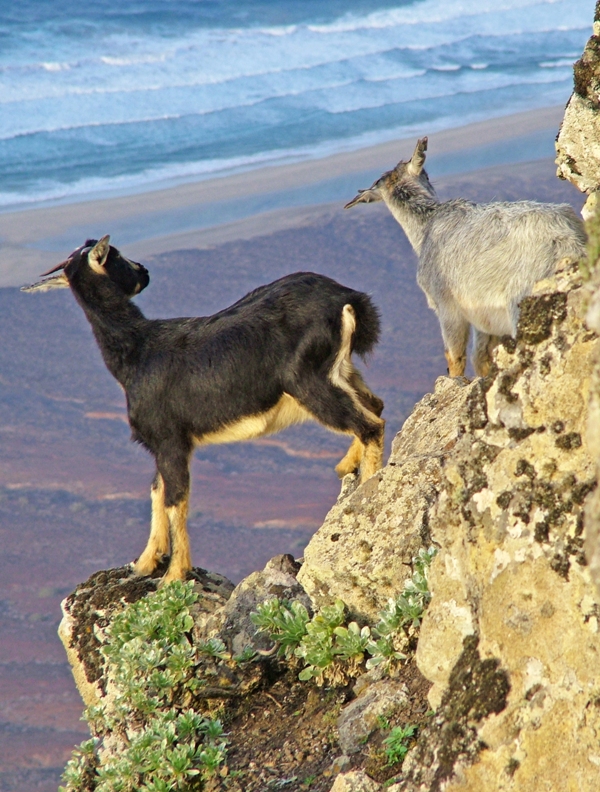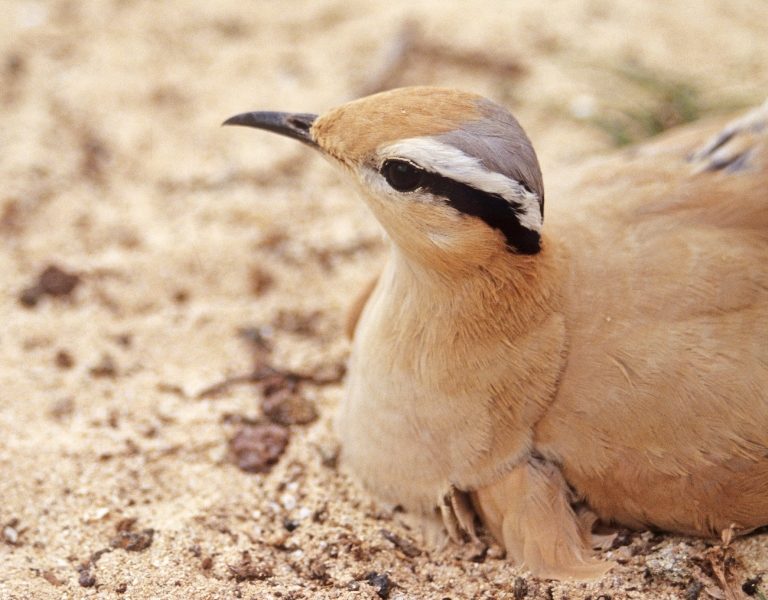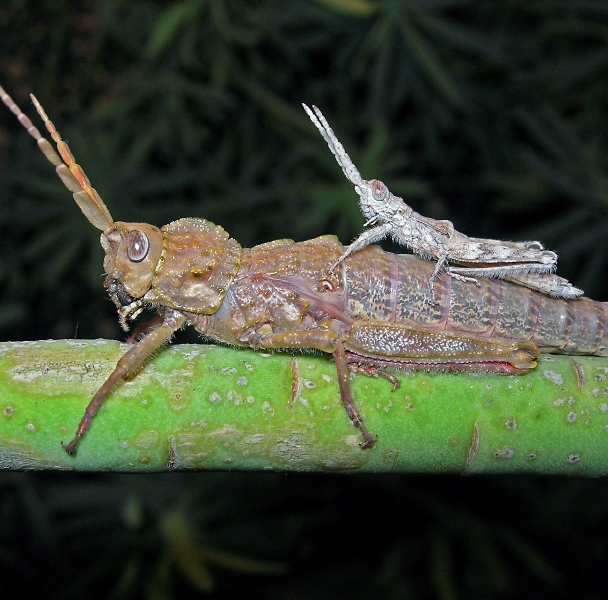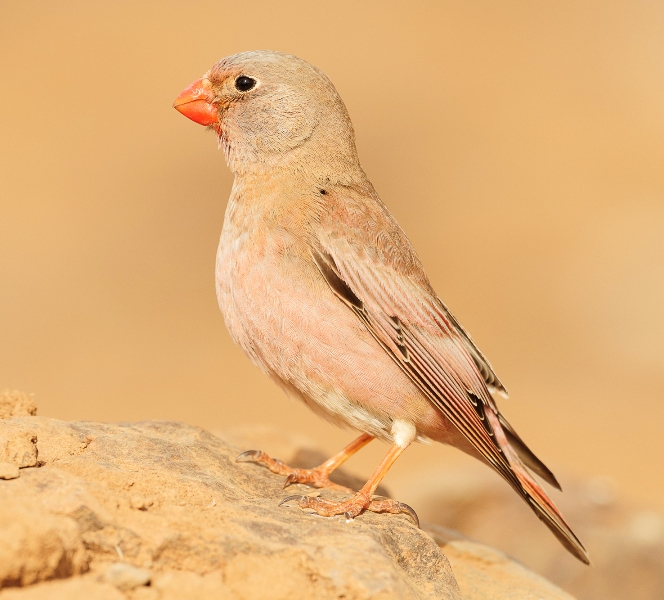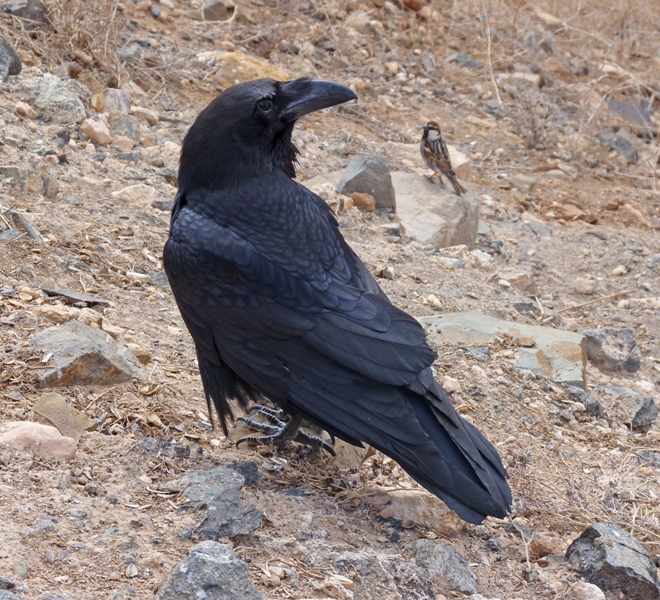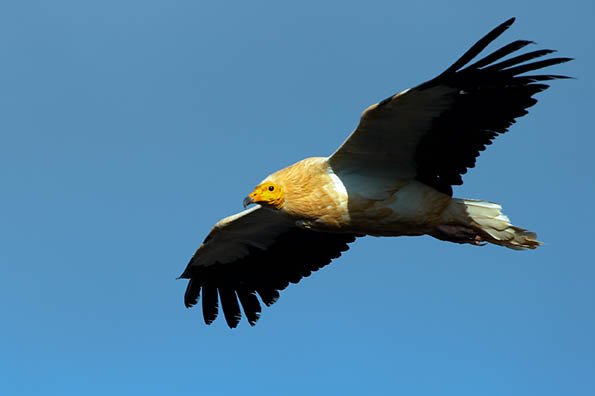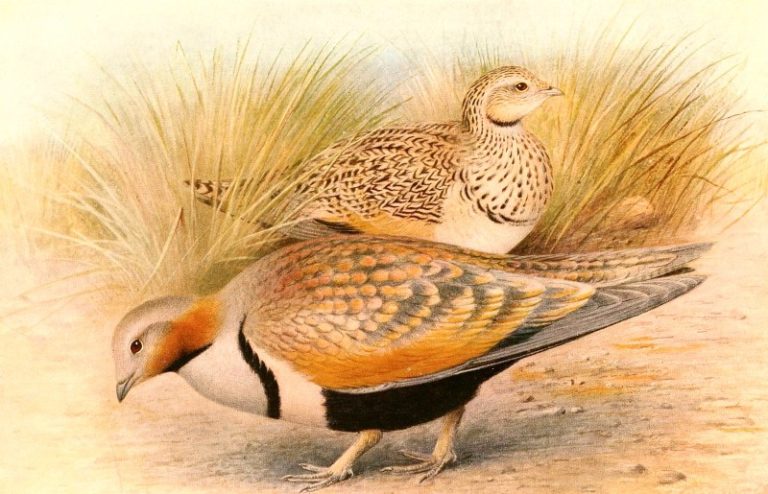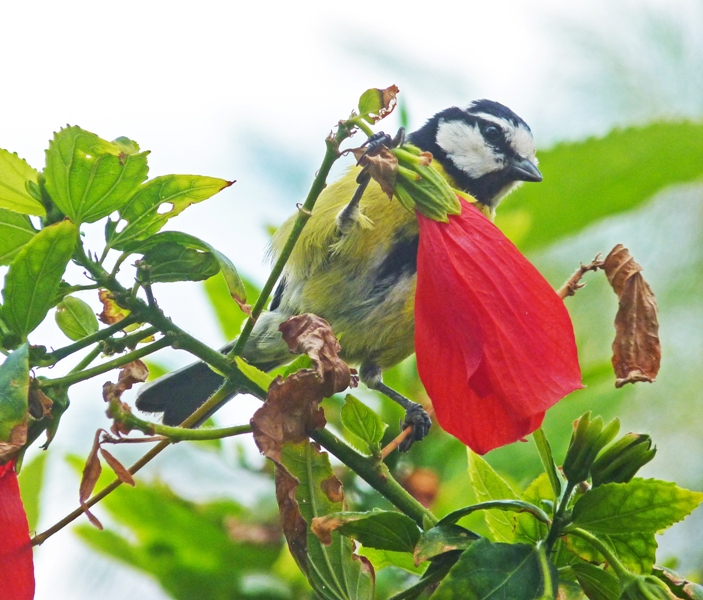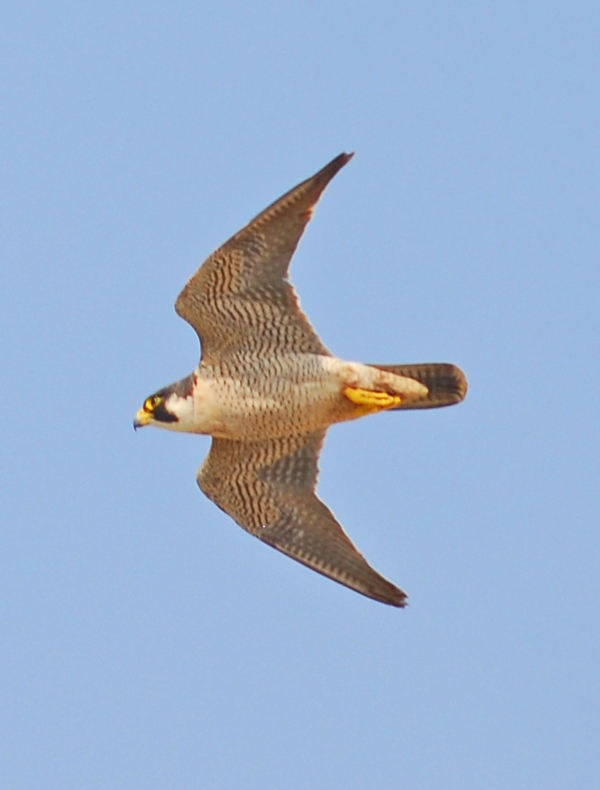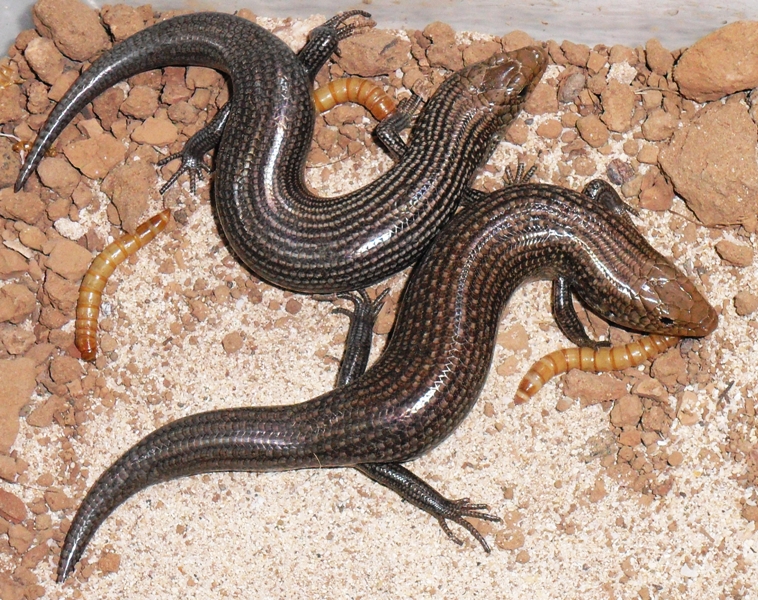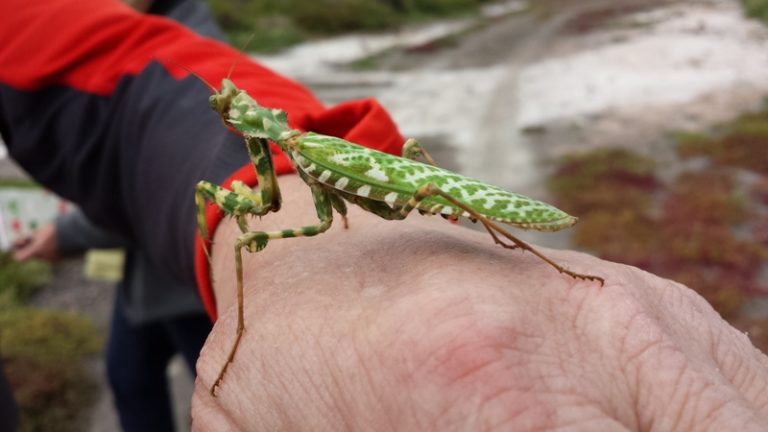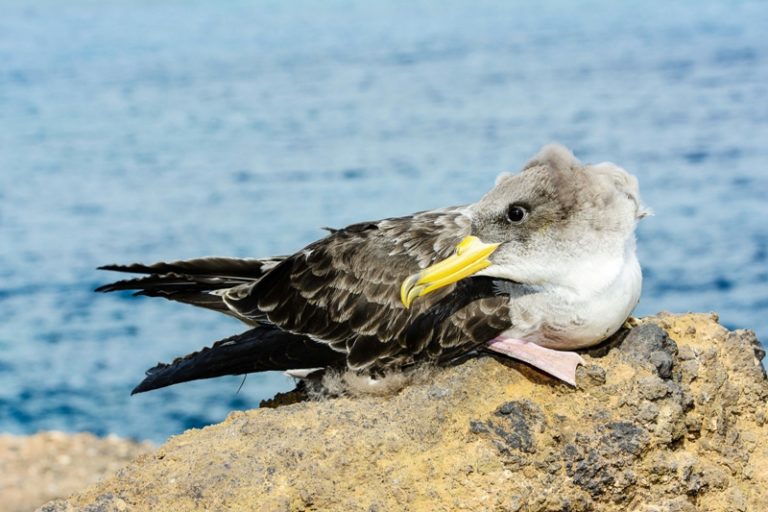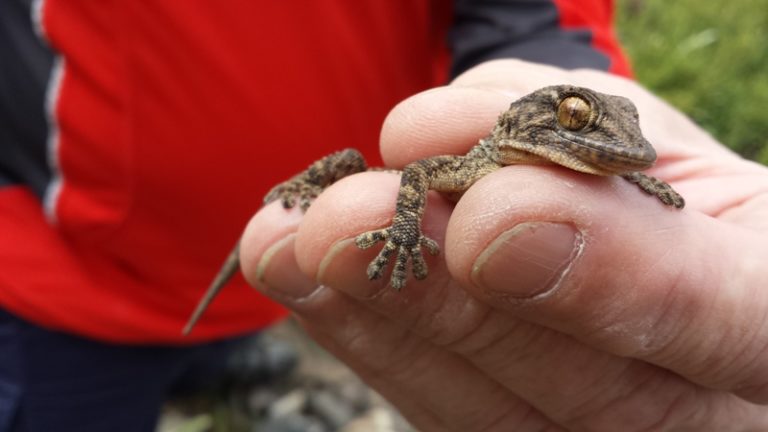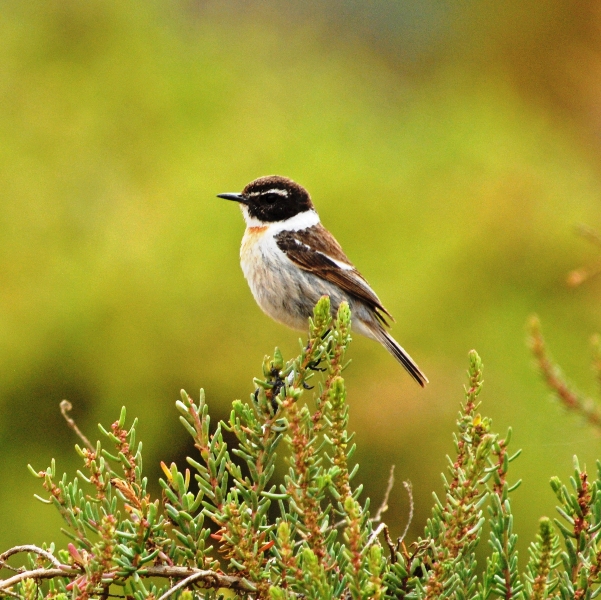Common name: Buzzard or Aguililla
Scientific name: Buteo buteo ssp. insularum
Status: Frequent and not threatened.
Habitat and distribution: This bird of prey is found throughout Europe, North Africa, and much of Asia. In its wide area of distribution, many subspecies or races have been formed; in the Canary Islands, where it is called “aguililla” or “aguellilla”, lives a slightly smaller and darker breed than most European buzzards. It occupies mountainous areas of Fuerteventura, from ravines and cliffs to cliffs. It also builds its nests in palm trees and fruit trees. Couples are faithful to the same territory for many years.
How to recognize it: Robust raptor, glider, with wide wings and short tail. Generally, it is first detected by ear, when its pitiful cry or meow is perceived, which could be transcribed as a fine and sustained “piuuuuh”. Looking for its origin, we can see one or several of these eagles flying in wide circles in open fields or around some mountain top, where they nest. It is also not uncommon to see them perched on rocky promontories or even on power lines or telephone poles.
Curiosities: Its population has increased in recent decades in Fuerteventura. Probably one of the reasons for this is the rapid colonization of the island by the Spanish squirrel, which took place from the 1970s, and which is now very abundant. It is the only resident bird of prey that hunts it, since for the common kestrel it is too large a prey and the tagarote falcon only captures birds in flight. In addition to hunting mammals and small birds, it also feeds on all kinds of dead animals and even insects.
They fiercely defend their territory throughout the year, even against human intruders. If we are close to the nest, it is not uncommon for them to fly past us in low flight, plummeting from the heights and returning to climb vertiginously after having found themselves a few meters above our heads. These intimidating attacks do not go further: the birds do not physically attack people.

